The Chengdu Field Research Center for Giant Pandas (Field Center) is primarily responsible for the wild training, reintroduction, and breeding of endangered and rare wild animals, like giant pandas and developing wildlife conservation, wild training, reintroduction, wild rescue, nature education, ecological tourism, and more. Construction on the Field Center began in May 2010, and its first-phase was completed and put into operation in 2012. It was officially opened to the public on April 20, 2015 and now has ecological enclosures for giant pandas, ecological free-range zones for red pandas, reintroduction delivery houses, Sansheng Temple, lake landscape zone, science education activity zone, food and rest zone, research and work zone, and other supporting facilities for animal conservation.
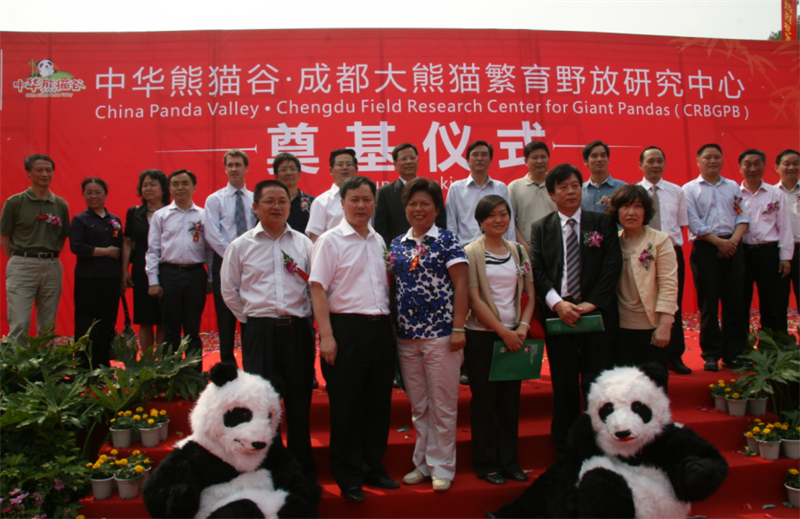
Groundbreaking Ceremony
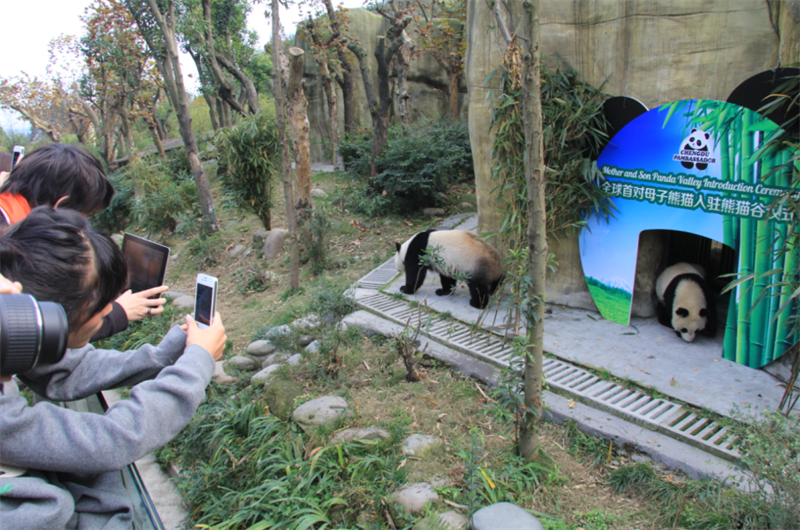
In operation
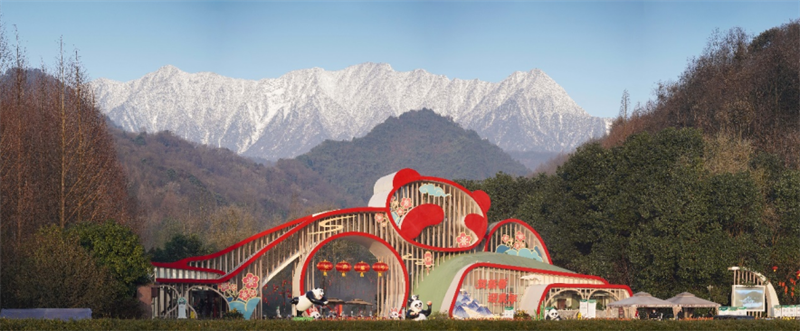
Panorama
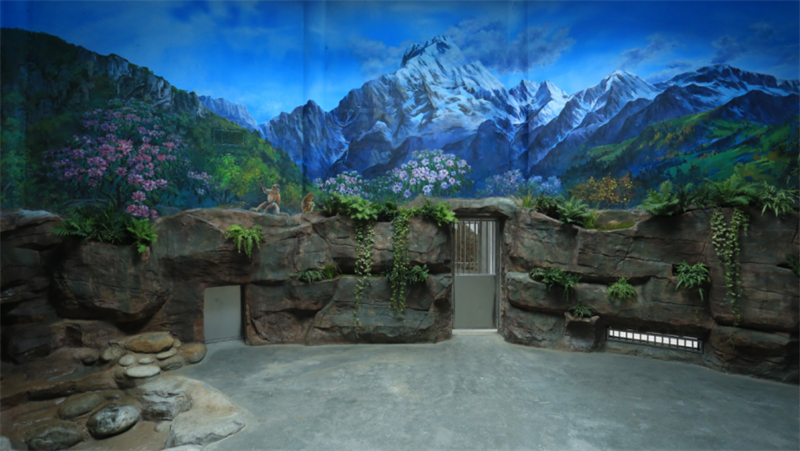

Ecological enclosure for giant pandas
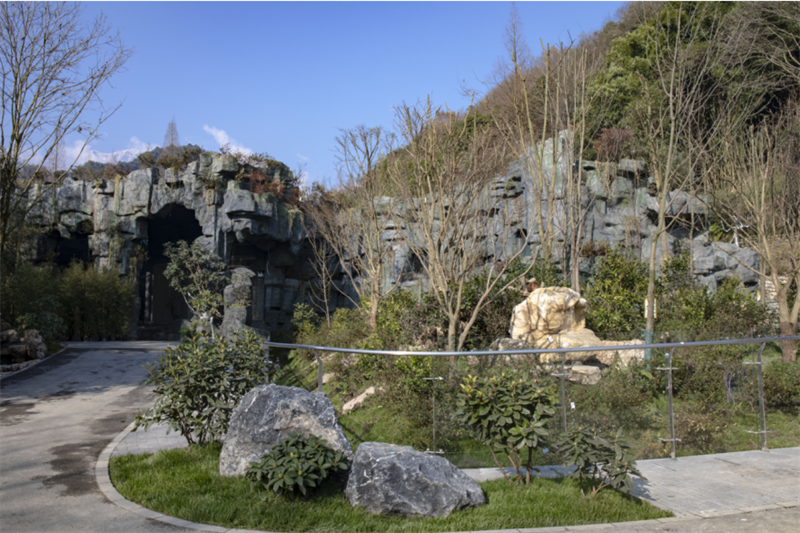
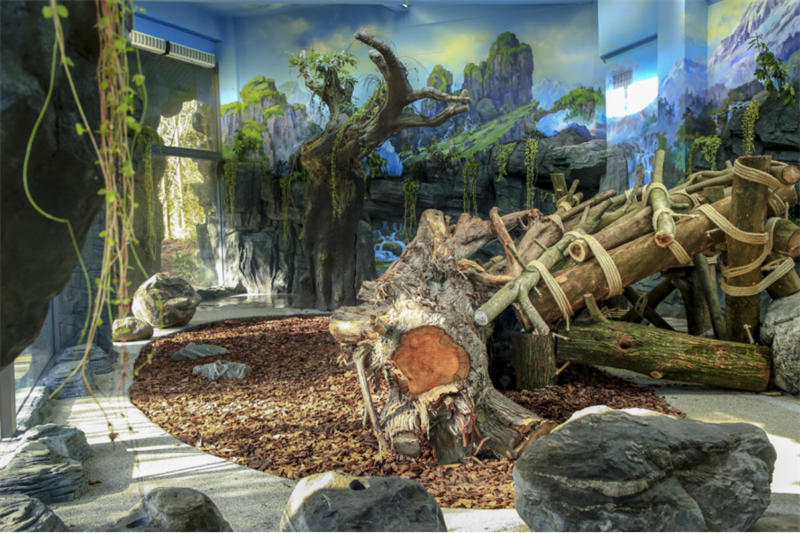
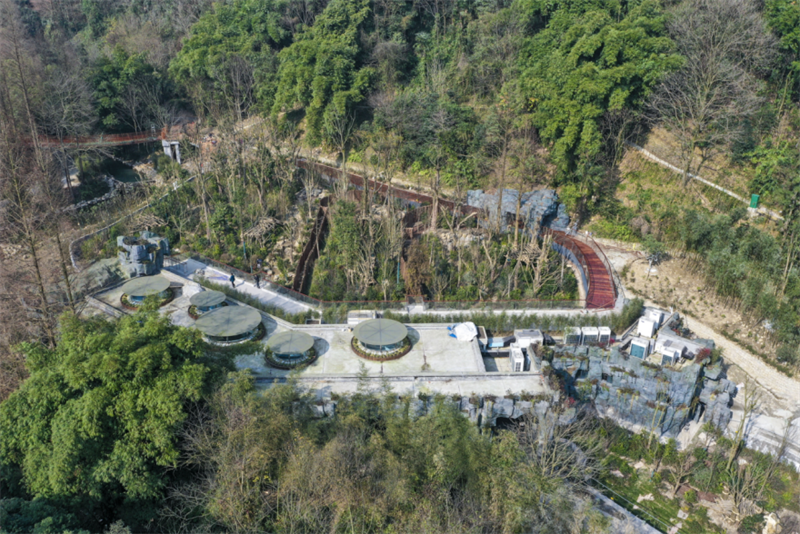
Reintroduction delivery houses
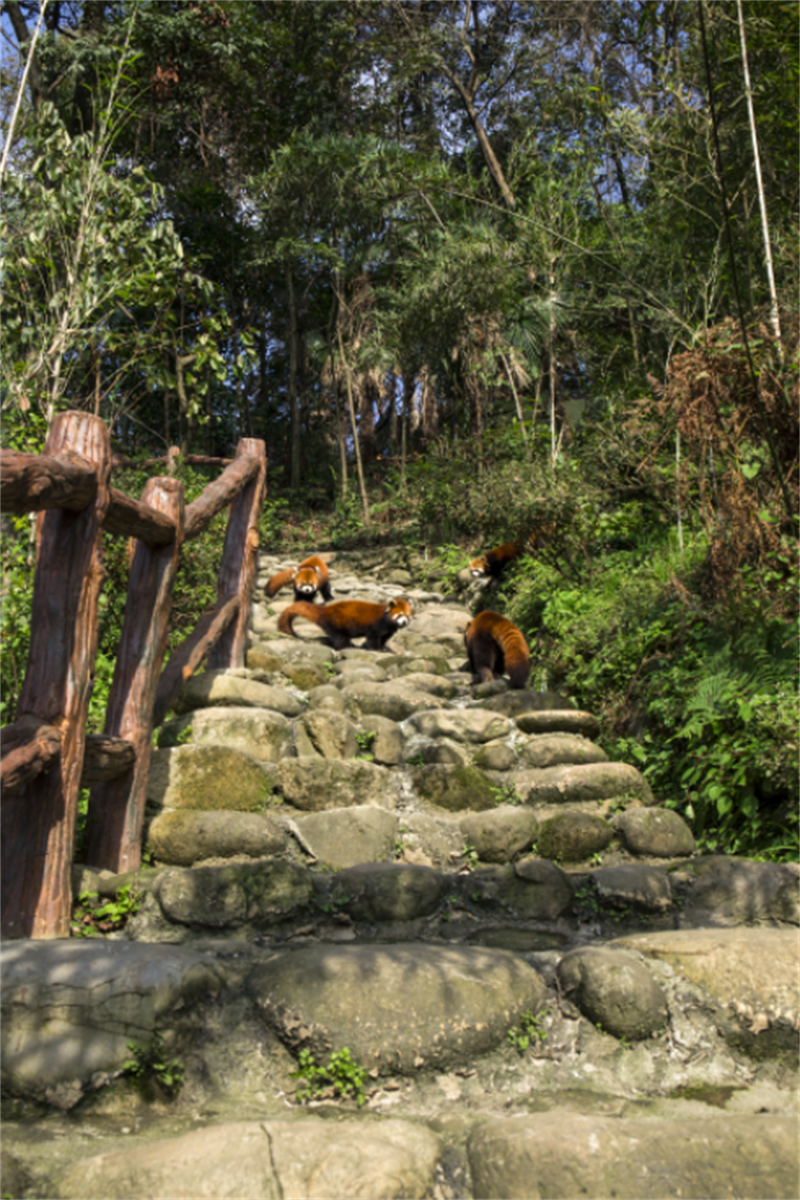
Ecological free-range zone for red pandas
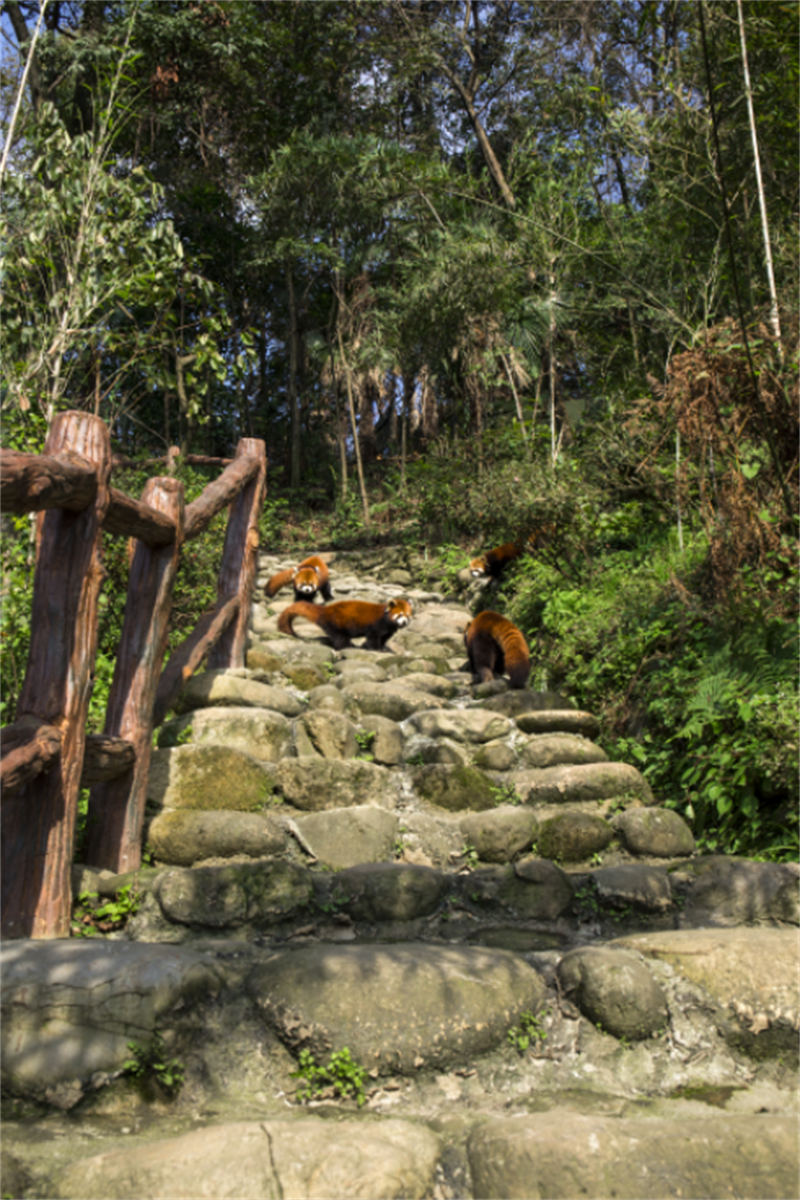
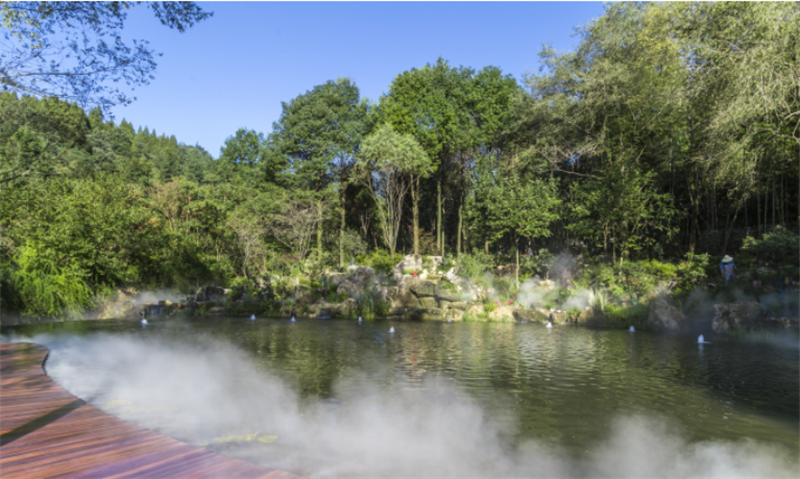
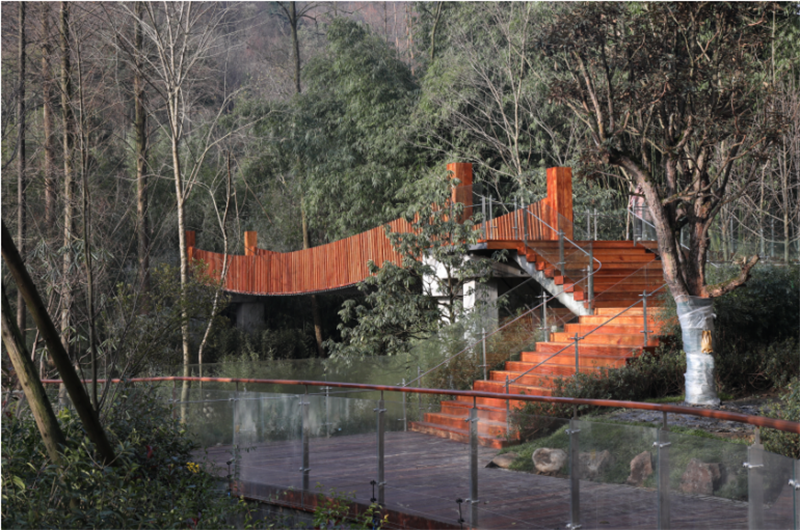
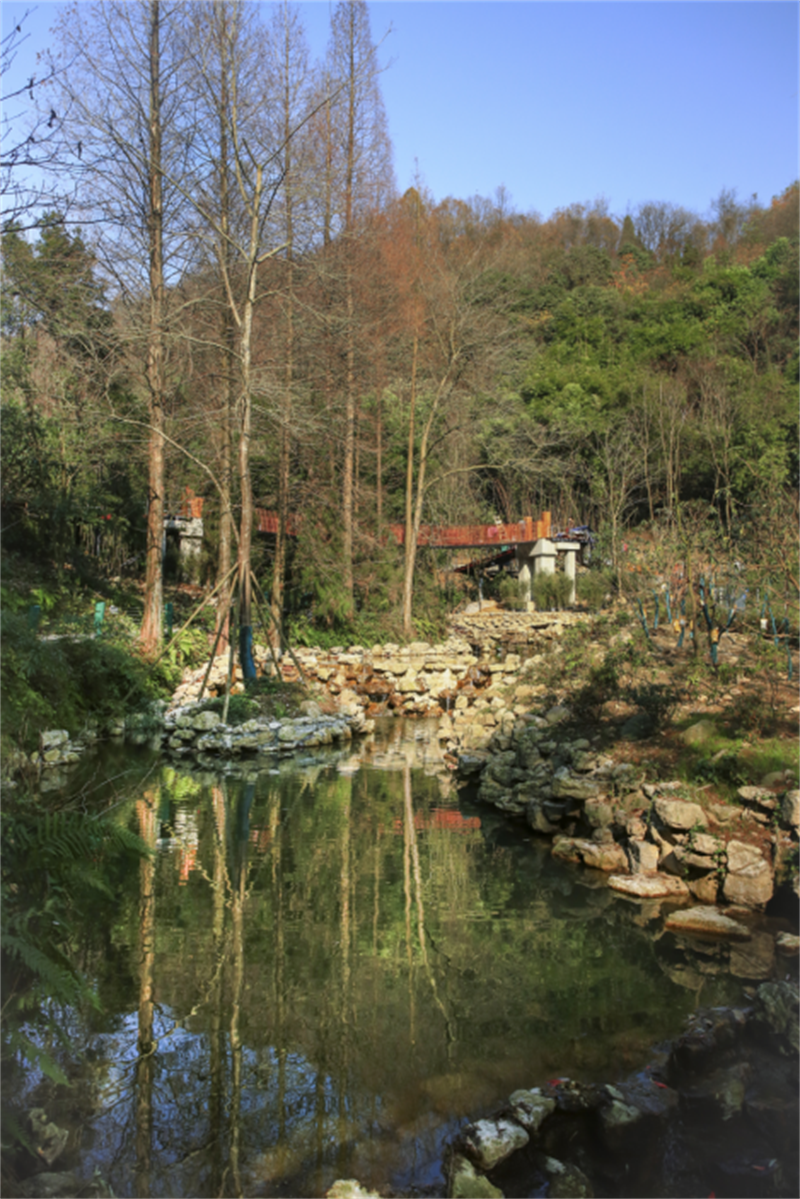
Environment and supporting facilities
The Field Center covers an area of 2,004 mu and is located in the rear of the Chengdu Plain and in front of Longmen Mountain between the Qionglai Mountains and Minshan Mountains. It enjoys quality water and sound ecological environment, nourishing its rich biological diversity. It is home to 515 species of plants, including the Taxus wallichiana, Chinese dove trees, Acer catalpifolium, and other rare trees; 21 species of beasts, including Reeves’s muntjac, Chinese rock squirrels, hog badgers, leopard cats, and more; 131 species of birds; and many reptiles and insects. These unique natural conditions are a good ecological basis for feeding, training, and reintroducing giant pandas in the wild. The Field Center houses 12 giant pandas and 20 red pandas and has helped the research center of the Base develop 4 batches of wild training for 8 giant pandas in total in the field transition training area, ushering in research on wild training for Chengdu giant pandas.
![14[1].png](https://file.panda.org.cn/d/file/p/2023/07-16/a9768a99b19562bfed903032750b7e65.png)
Reeves’s muntjac
![15[1].png](https://file.panda.org.cn/d/file/p/2023/07-16/062d5f439bdc0a62979c955a07ddea99.png)
Collared owlet
![16[1].png](https://file.panda.org.cn/d/file/p/2023/07-16/557692aca45d0f16bc7cc0596f30d1ad.png)
Hog badger
![17[1].png](https://file.panda.org.cn/d/file/p/2023/07-16/633df1757957bbb1a531f24a71d9db99.png)
Chinese rock squirrel
![18[1].png](https://file.panda.org.cn/d/file/p/2023/07-16/52764b8460193806a4983ffce2b4a8ed.png)
Chinese dove tree
![19[1].png](https://file.panda.org.cn/d/file/p/2023/07-16/f60783720e887d3c5de903224b9d1afa.png)
Firefly
![20[1].png](https://file.panda.org.cn/d/file/p/2023/07-16/a89272e0e3308ab9ec625a34a6ef9a93.png)
Reintroducing a giant panda in the wild
![21[1].png](https://file.panda.org.cn/d/file/p/2023/07-16/8d108d6132449c571054dfe4b084485f.png)
![22[1].png](https://file.panda.org.cn/d/file/p/2023/07-16/bdd45f24dde21bfacc0889876975f2f3.png)
For years, the Field Center has been protecting and restoring the ecological environment to its pristine nature for giant pandas to inhabit. It has taken a series of forest transformation measures, like planting trees native to the natural habitat of giant pandas, expanding the bamboo forest to its previous size, growing color-leafed plants, and introducing alpine azalea to transform the artificial forest and secondary forest into coniferous and broad-leaved forest to match the characteristics of the vegetation in the giant panda’s natural habitat. All of this hard work has created a sound ecological environment for giant pandas and other species to live and breed. In the midst of the environment recovering, wild animals, like hog badgers, Siberian weasels, muntjac, and Chinese rock squirrels have appeared frequently, and fireflies, an indicator species for the environment, have expanded their population in the valley. They have provided beautiful sights throughout four seasons: “flowers in spring and fireflies in summer resemble the patterns on Shu brocade, forests in autumn and snow in winter grace mountains and rivers”.

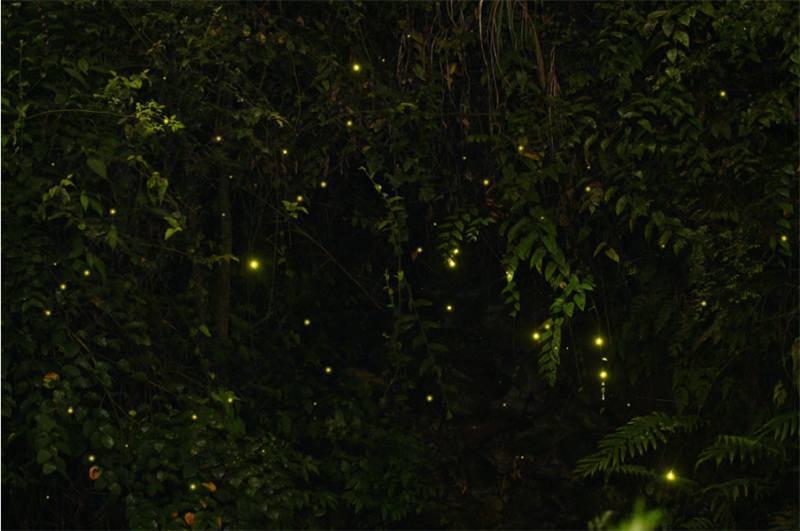
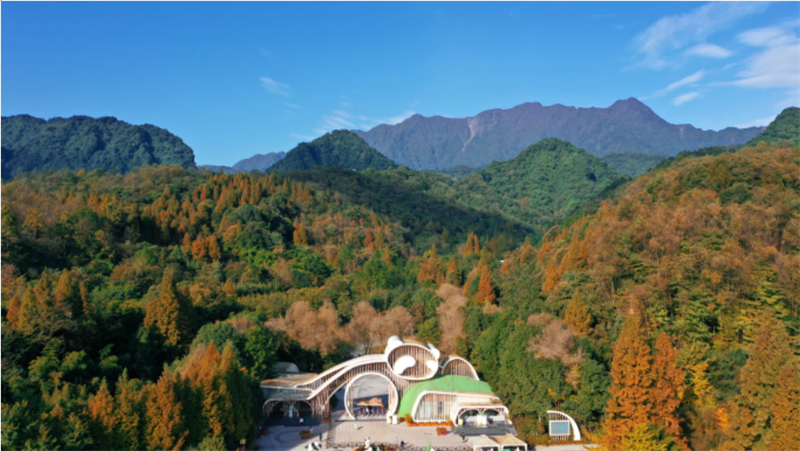

Beautiful sights throughout the four seasons
Based on natural ecological environment conservation, the Field Center brings its resource advantages to bear to fulfill its responsibilities of conducting public education. It has held a series of various science education and research-study activities in different forms and popularized giant panda conservation and advanced science-based ideas about ecology conservation. For example, it organized the Alpine Azalea Exhibition in the Panda Valley, Giant Panda • Little Firefly - Firefly Dream-seeking Research Tour in Panda Valley, and more. It has built a bridge between science research and conservation, and public education and has acted as a model scenic spot that specializes in giant panda conservation and features ecological tourism based on nature.
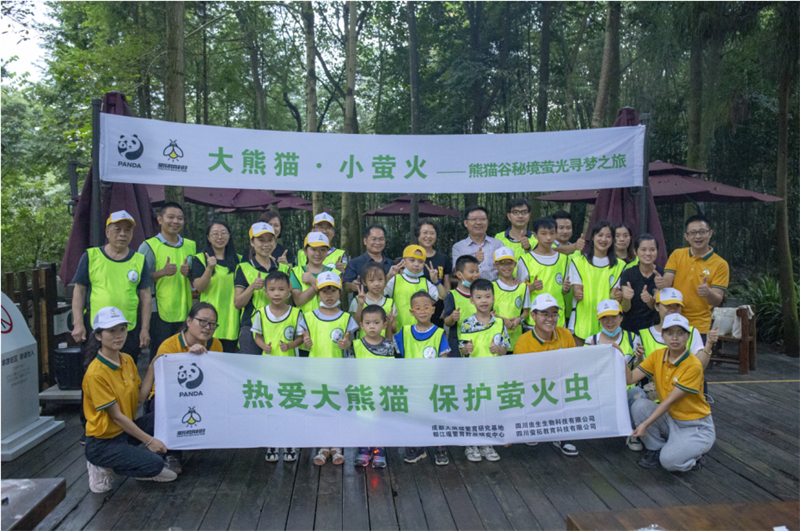
Giant Panda • Little Firefly - Firefly Science Education Activity
![28[2].png](https://file.panda.org.cn/d/file/p/2023/07-16/3c21a3fab5063629a4094b7fc2e2a9e7.png)
Opening Ceremony of the Alpine Azalea Exhibition in the Panda Valley

